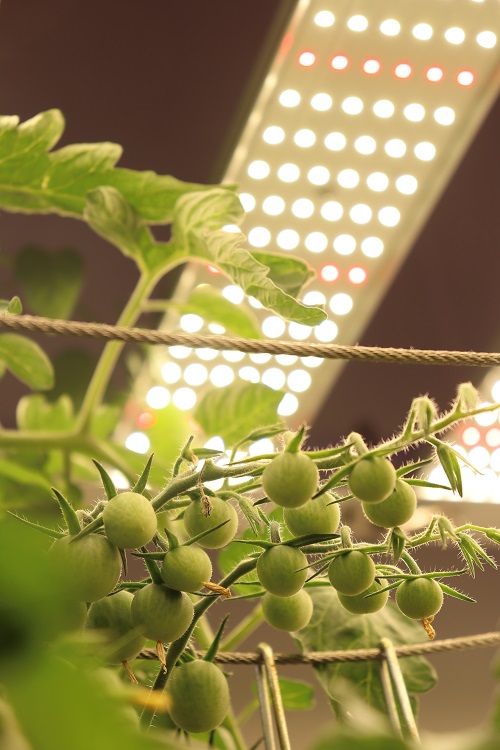
In recent years, the horticulture industry has undergone significant transformations, driven largely by technological advancements. Among these advancements, LED chips have emerged as a groundbreaking innovation, revolutionizing the way plants are grown and cared for. This essay aims to explore the latest developments in horticulture LED chips and the impact they are having on the industry.
Background and Importance of LED Chips in Horticulture
LED (Light-Emitting Diode) chips have revolutionized lighting technology, offering unparalleled efficiency, durability, and flexibility. In horticulture, LED chips are used to provide plants with the specific wavelengths of light they require for optimal growth and development. These chips emit a precise spectrum of light that can be tailored to meet the needs of different plant species and growth stages.
Latest Developments in Horticulture LED Chips
Spectrum Optimization: Researchers have made significant progress in optimizing the light spectrum emitted by LED chips for horticultural applications. By adjusting the ratio of red, blue, and other wavelengths, LED chips can now provide plants with the exact spectrum they need to maximize photosynthesis and promote growth.
Energy Efficiency: LED chips are known for their exceptional energy efficiency, and recent developments have further improved this aspect. New LED chips consume less power while producing higher light intensities, reducing energy costs and environmental impact.
Durability and Longevity: Horticulture LED chips are designed to withstand harsh conditions, including high temperatures, humidity, and dust. Recent advancements in materials and manufacturing processes have further enhanced their durability and longevity, ensuring reliable performance over extended periods.
Customization and Flexibility: The modular design of LED chips allows for unprecedented customization and flexibility in horticultural lighting systems. Growers can easily adjust the light intensity, spectrum, and distribution to meet the specific needs of their crops and facilities.
Integration with Smart Farming Technology: The latest LED chips are also being integrated with smart farming technology, such as sensors, controllers, and data analytics. This integration enables growers to monitor and optimize lighting conditions in real-time, improving crop yields and quality.
Impact on the Horticulture Industry
The latest developments in horticulture LED chips are having increasingly significant impacts on the industry. By providing plants with the optimal lighting conditions, LED chips are enabling growers to achieve higher yields and better quality crops. Additionally, their energy efficiency and durability are reducing operational costs and maintenance requirements. Furthermore, the integration of LED chips with smart farming technology is enabling growers to make more informed decisions about their crops and facilities, leading to further improvements in productivity and sustainability.
Conclusion
In conclusion, the latest developments in horticulture LED chips are ushering in a new era of plant growth and care. By optimizing the light spectrum, improving energy efficiency, and integrating with smart farming technology, these chips are enabling growers to achieve unprecedented levels of productivity and sustainability. As the industry continues to evolve, it is exciting to imagine the new possibilities that LED chips will bring to horticulture in the future.





